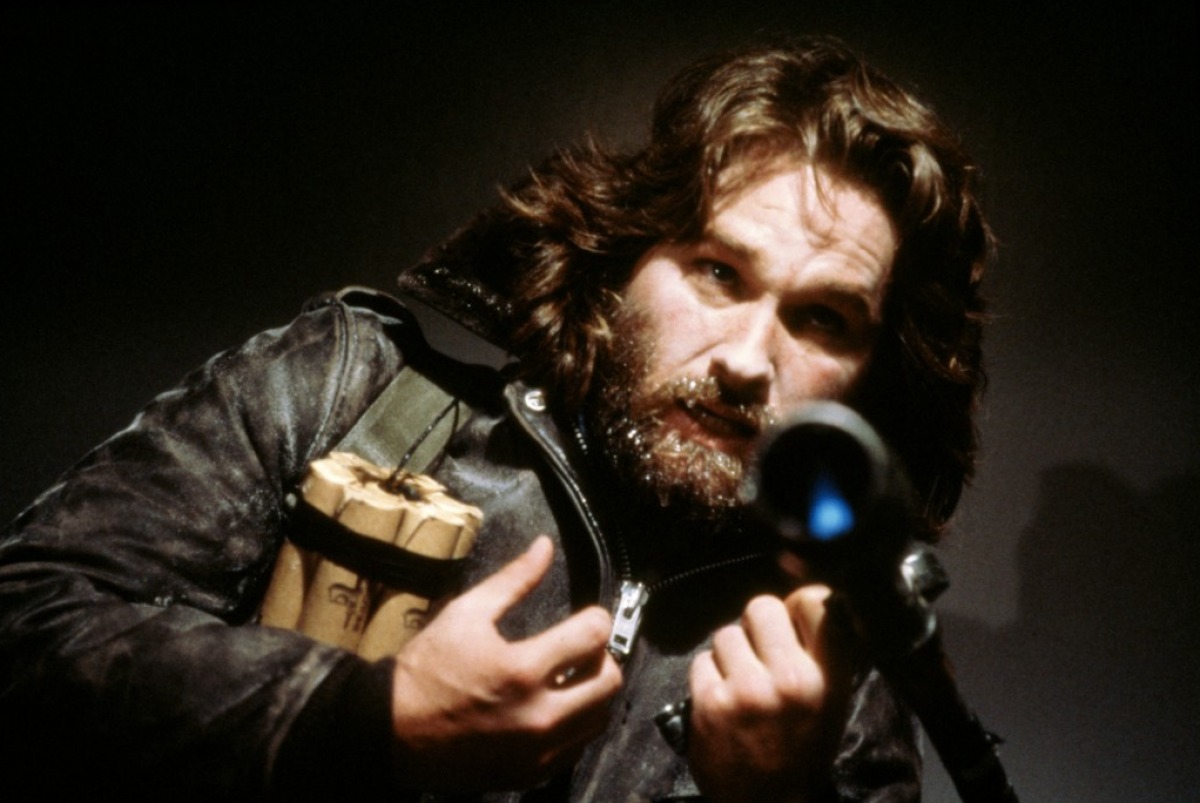
Horror is the country music of movies. Most of them suck, the rest are tolerable, but a few are brilliant—so good that they transcend the tired conventions of an oversimplified genre. This is not meant to be demeaning; it’s simply a fact supported by rating sites like the Internet Movie Database.
Of IMDb’s top 250 films, 181 are in the drama category. Crime has 56 adherents; adventure: 54. Forty-four films are comedies, 36 are thrillers, 33 are mysteries, and 30 are action. Science fiction and fantasy round out the major genres with 24 and 21 films, respectively, while secondary genres like biography, romance, animation, war, and history have 25, 21, 20, 18, and 18 representatives. Even the family genre has 14 disciples.
Horror has just five representatives on IMDb’s list, the least of any genre. Western, horror’s equally finicky and more country-music-analogous counterpart, has more entries, as does the mostly obsolete film-noir genre, with six films a piece.
Despite horror’s oversaturation, this is a clear underrepresentation of the genre, explained not by lack of qualified options but by stigma. Even if a horror movie is, by all stylistic and thematic standards, good, people may give it a bad rating because they were frightened or disturbed. This puts such deserving titles as Let the Right One In (7.9 rating), The Innocents (7.9), 28 Days Later (7.6) and Suspiria (7.5) at a disadvantage. If these films were judged on their merit and not their effect, would they be in the top 250?
Also, IMDb’s list contains movies that are universally considered to be horror, but not by IMDb’s idiosyncratic classification system. Jaws, The Sixth Sense, Aliens, and The Silence of the Lambs are all in the top 250 but are not listed as horror. Unfortunately, since we’re going by IMDb’s ratings, we have to go by their genre classification, and will not include the aforementioned films on this list.
To complete this list of the best horror movies on IMDb, we had to look past the top 250 and find those with high ratings and at least 25,000 votes. This was not a difficult undertaking but a disheartening one: When horror is bad, it’s really bad. But when it’s good, it’s a profound experience not matched in film, and it’s hard to see it marginalized.
10. Rosemary’s Baby (8.0/10)
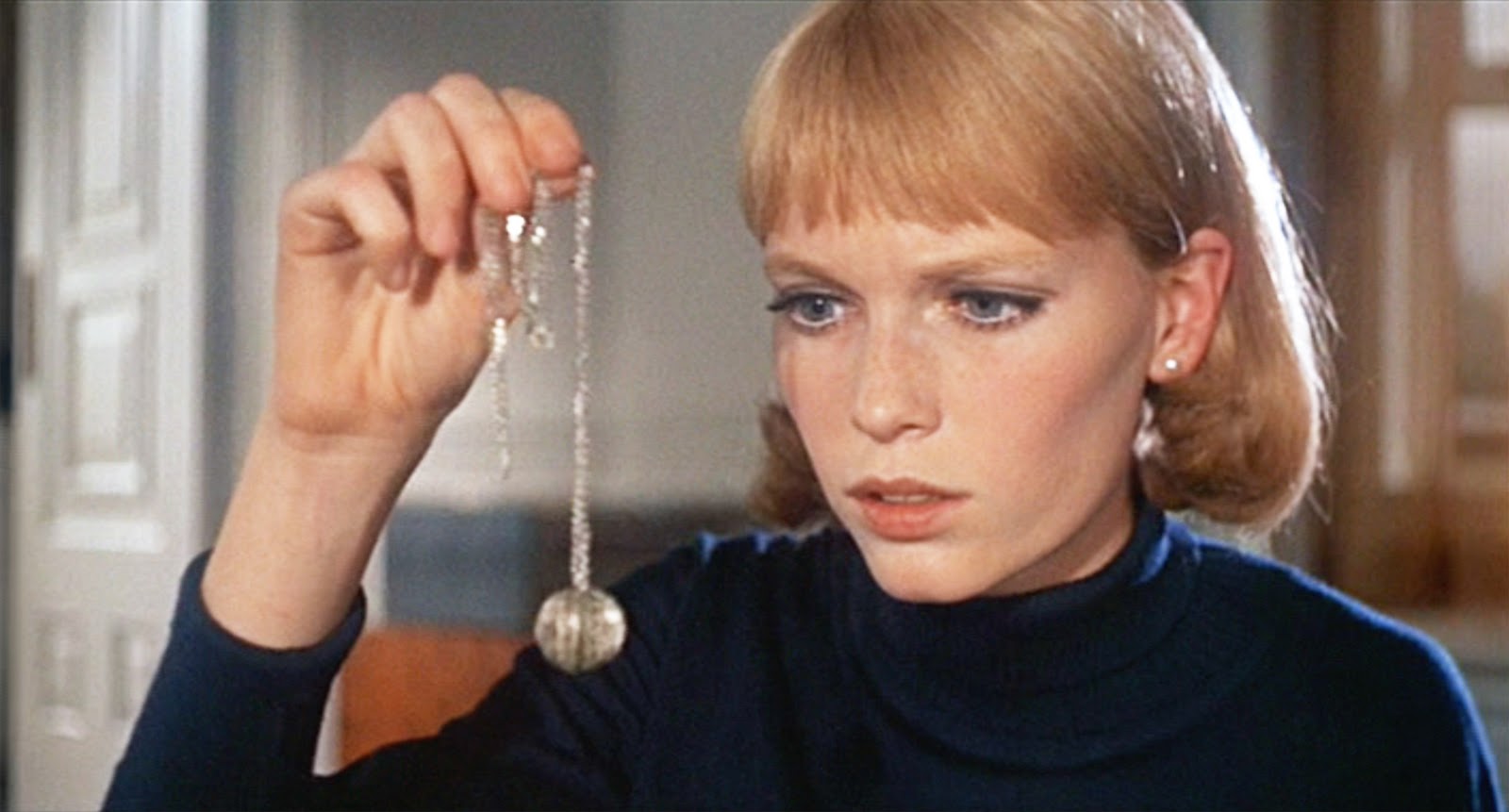
Select movies elicit fear from just the utterance of its name. Rosemary’s Baby is one of those films; a name so outwardly innocent that’s its attachment with horror creates a battery in which both work to power an emotion larger than themselves. The result is not pleasant, and, if this did not deter you, neither is the film.
Directed by the inimitable and incorrigible Roman Polanski, Rosemary’s Baby is about a young married couple, Rosemary and Guy, who move into an apartment building populated with a group of cult-like neighbors. The neighbors quickly implant themselves in the couple’s life, even on the night they plan to conceive a child.
On that night, one neighbor, Minnie, gives Rosemary chocolate mousse, which Rosemary tries and finds repulsive. She passes out and, in one of the most shocking scenes of sacrilegious horror, she “dreams” she is raped by the devil. Much of the film revolves around Rosemary’s ensuing and inexplicable pregnancy, and the final reveal—or lack of reveal, since it’s described not shown—is that the titular baby is the son of the devil. Possibly the scariest part is that Rosemary still loves it.
Rosemary’s Baby predated Jaws with the “imply, don’t show” ideal, cementing its status as a benchmark of suspense, rather than the gory monster movie into which it could have devolved. Polanski would never allow that, of course. The director made a movie about the devil a legitimate cinematic masterpiece. Unusual for horror, Rosemary’s Baby was nominated for two Academy Awards: one for adapted screenplay and the other for supporting actress (Ruth Gordon, who won).
9. The Exorcist (8.0)
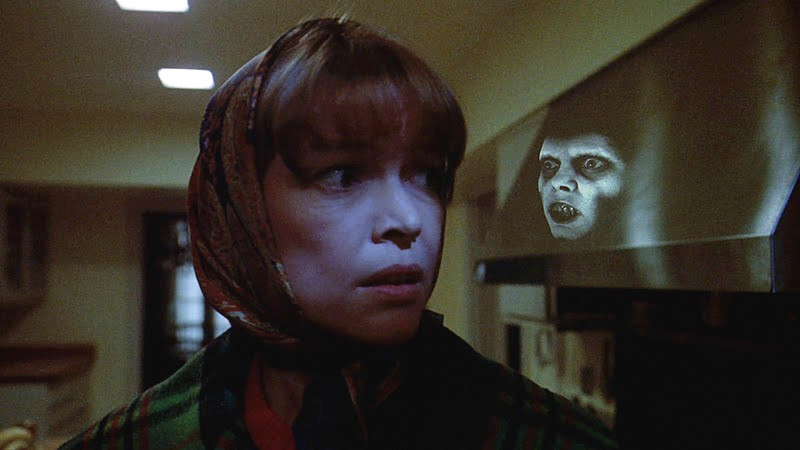
Rosemary’s Baby may have set the stage for mainstream religious horror, but The Exorcist burned it to the ground. No film shattered viewers’ minds like The Exorcist did in 1973. It wasn’t simply a movie for some people; it was a true demonic visitation.
The story is well established. A 12-year-old girl named Reagan is possessed by a demon and it’s up to two priests to remove the succubus through an old fashioned exorcism. During this process, the demon-controlled Reagan does all sorts of horrific things, like contort her body in unsettling ways, curse worse than the most seasoned sailor, and even violently masturbate with a crucifix.
Since this was done by a 12-year-old girl, and compelled by a demon, viewers were stunned by both the vulgarity and blasphemy, and left the theaters in droves. Not only that, but people wept, fainted, and even puked, forcing some theaters to supply barf bags.
But with the obscenity came a stellar script, inspiring acting, wonderfully dark cinematography—including one of the best uses of subliminal imagery on film—and sophisticated themes, all orchestrated by director William Friedkin. Like with Rosemary’s Baby, the director was not known for horror. Maybe that’s the key to the genre’s artistic legitimacy: get a non-horror director to direct horror scripts. Also like Rosemary’s Baby, The Exorcist was nominated for Oscars, winning two and even being nominated for best picture.
8. Shaun of the Dead (8.0)
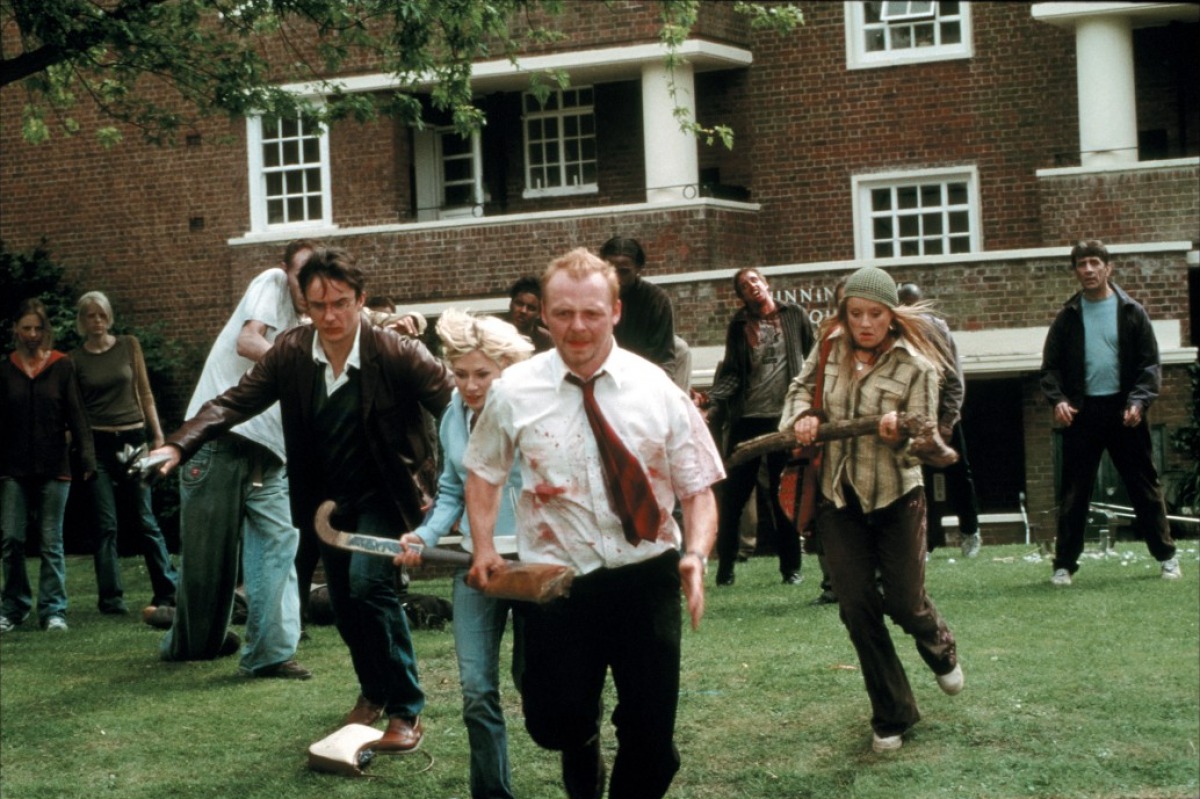
It’s the only comedy on this list, but the comedy comes from the horror. Shaun of the Dead is maybe the best marriage of these disparate genres in film. IMDb thinks so.
Obviously a play off the name of the George A. Romero classic, Shaun of the Dead is about Shaun, a retail employee who just wants to travel to his favorite pub and relax, but a zombie apocalypse hinders this pursuit. It’s up to Shaun, his best friend Ed, and a few other friends and family members to fight through the zombies, reach the pub, and hopefully wash down the arduous day with a cold beer. What ensues is hilarity the likes of which a zombie movie has never seen.
Shaun of the Dead was the first of Edgar Wright’s “Three Flavours Cornetto” trilogy, along with Hot Fuzz and The World’s End. Wright also directed Scott Pilgrim vs. The World and Baby Driver. His unique style, which would distinguish his films from most other directors, can be seen in Shaun of the Dead—quick cuts, nuanced dialogue, over-the-top violence. As we can see from Shaun of the Dead’s universal appeal, Wright’s quirks made perfect use in the medium of horror.
7. What Ever Happened to Baby Jane? (8.1)
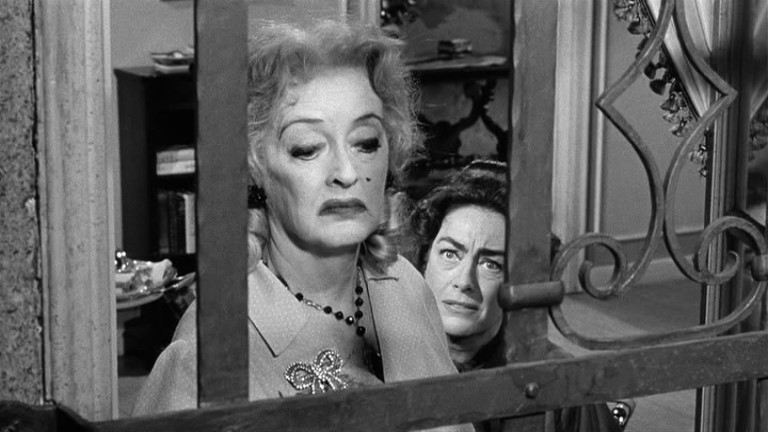
What Ever Happened to Baby Jane started the psycho-biddy subgenre of horror where old women are the villains. The film, about two washed up entertainers, is a powerful critique of celebrity and a psychological horror staple before the genre was known by name.
The titular Jane was a child star under the name of “Baby,” but her star burned out and her younger sister Blanche found the fame that she lost. Blanches loses that too, however, as a car accident paralyzes the starlet from the waist down.
Fast forward a few decades and Jane and Blanche are living together in a mansion. Jane is still resentful of Blanche’s usurping, so she treats her wheelchair-bound sister horribly, and eventually criminally, as Blanche becomes a prisoner of Jane’s delusion. Jane believes that the can reclaim her stardom, but only if Blanche is out of the way. This propels the story through a psychotic thrillride that only sisterly jealousy can facilitate.
The 1962 Oscar winner is a scintillating amalgam of horror, suspense, dark comedy, and gross-out horror. It even contains a few gruesome scenes bordering on body horror. Regardless of classification, it’s unarguably a disturbing movie, and even when weighed against the disturbing-for-disturbing’s sake films of today, What Ever Happened to Baby Jane stands its ground.
6. The Cabinet of Dr. Caligari (8.1)
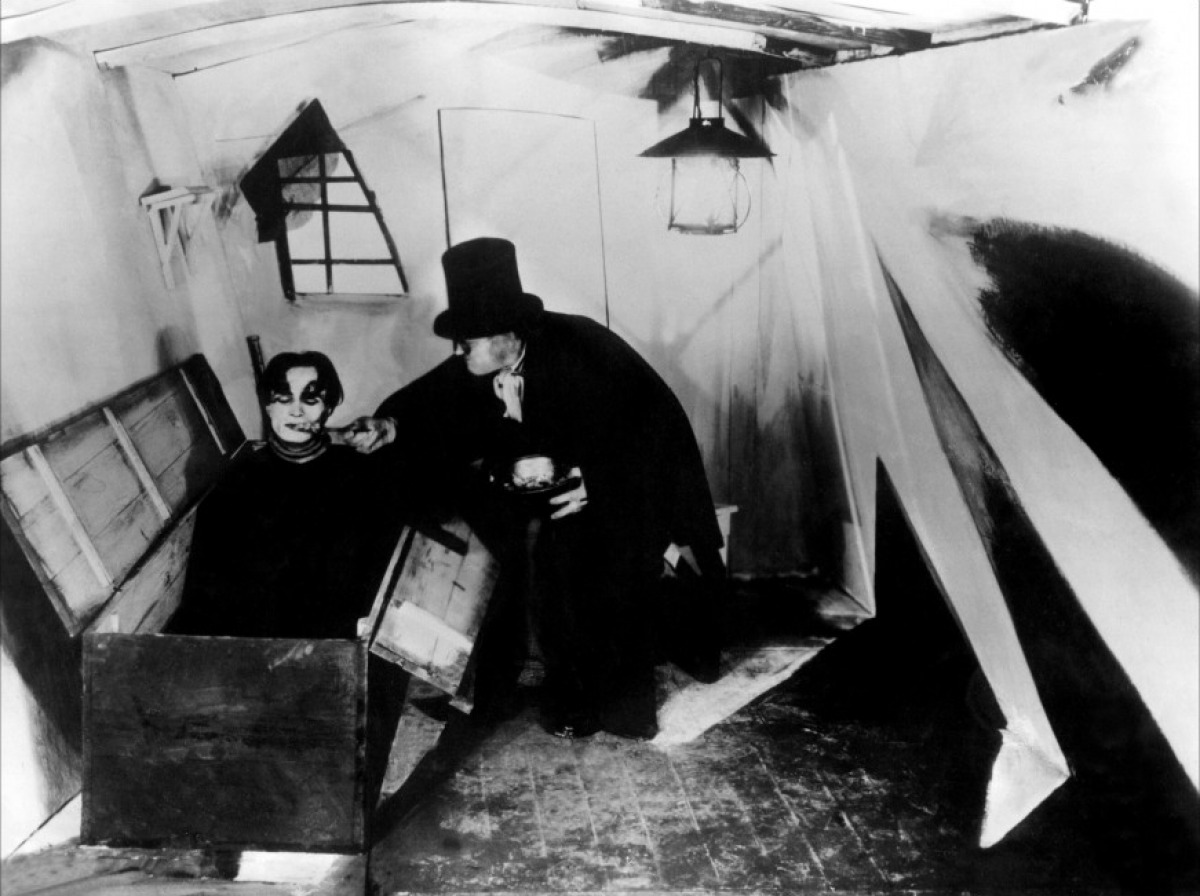
This is said to be the first true horror movie ever made. 1920’s The Cabinet of Dr. Caligari is a 74-minute German silent film that basically established many of the horror tropes that we love and hate. They weren’t tropes at the time, however, but extremely original and innovative techniques of filmmaking and storytelling, hence its high placement on this list.
The Cabinet of Dr. Caligari concerns the eponymous doctor whose eponymous cabinet is exhibited in a fair. In this exhibit he displays a sleepwalker whom the good doctor—a hypnotist in actuality—can control on command. When a man is mysteriously murdered after visiting the cabinet, his friend investigates the strange hypnotist and his subject, and discovers a sinister partnership that goes beyond imagination. That’s as much as we want to reveal. The Cabinet of Dr. Caligari has a twist ending considered one of the first and finest in cinema.
But The Cabinet of Dr. Caligari is not just the first horror movie, it’s considered by many to be the first arthouse movie. The warped visuals and disjointed narrative, now arthouse staples, were used for horrific effect in Dr. Caligari, but used now for the subversion of filmic conventions for artistic expression.